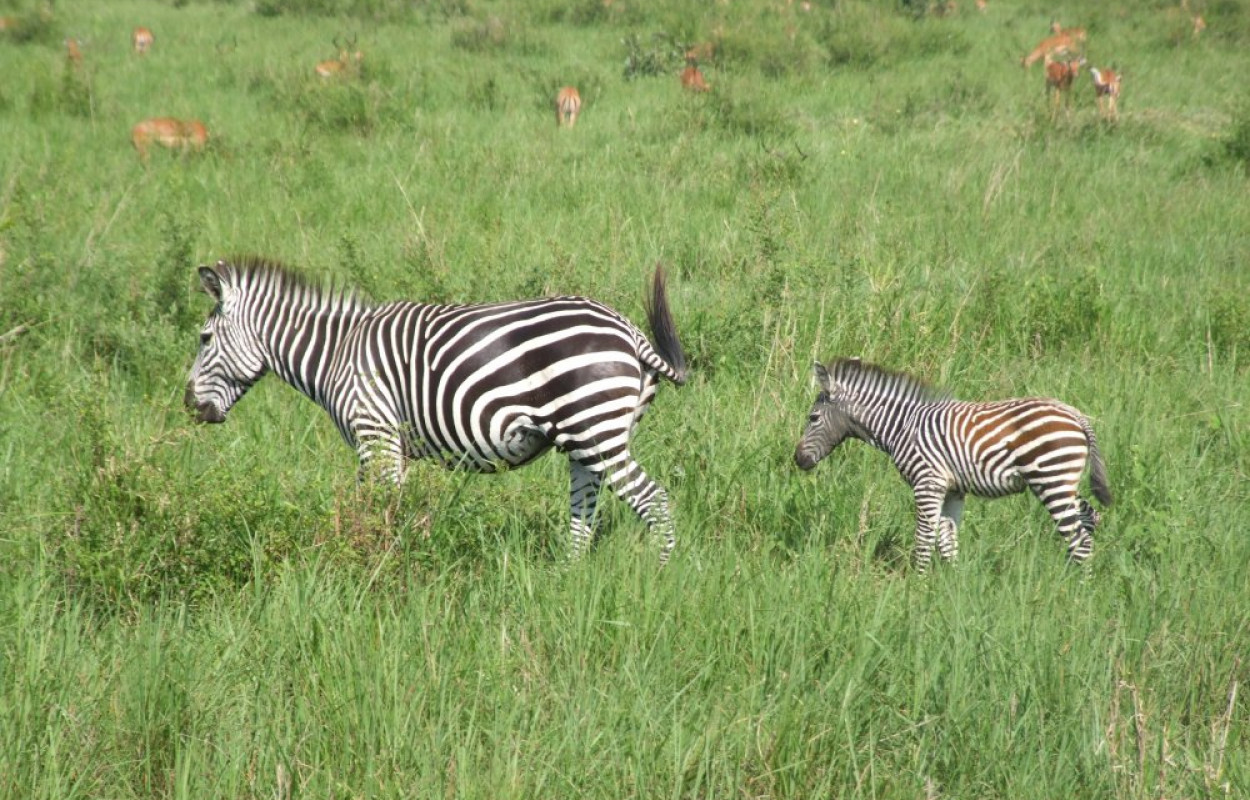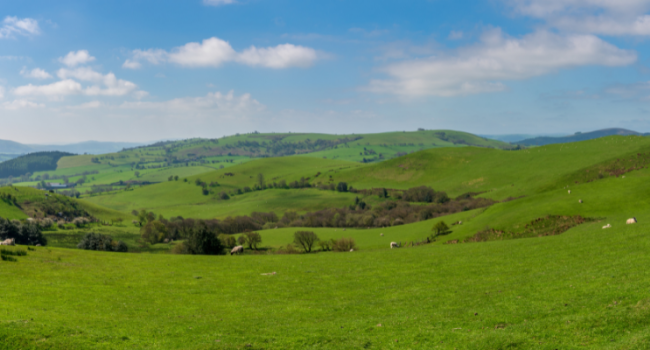Geographical variation in species' population responses to changes in temperature and precipitation

Author(s): Pearce-Higgins, J.W., Ockendon, N., Baker, D.J., Carr, J., White, E.C., Almond, R.E.A., Amano, T., Bertram, E., Bradbury, R.B., Bradley, C., Butchart, S.H.M., Doswald, N., Foden, W., Gill, D.J.C., Green, R.E., Sutherland, W.J. & Tanner, E.V.J.
Published: November 2015 Pages: 8pp
Journal: Proceedings of the Royal Society B Volume: 282
Article No.: 20151561
Digital Identifier No. (DOI): 10.1098/rspb.2015.1561
Newly published research led by the BTO shows a consistent impact of climate change on biodiversity around the world.
A new analysis of the results from over 130 previously published studies of wild species, ranging from alder trees to zebras, has found a consistent impact of climate change on global biodiversity. The research, led by BTO scientists working in collaboration with organisations from the Cambridge Conservation Initiative, showed that populations of many species actually respond positively to warmer temperatures, with cold weather associated with population declines, particularly in temperate countries like the UK. However, this positive effect of temperature was largely negated where there was a significant long-term warming trend, demonstrating that climate change is already affecting species' populations. Rainfall was the most important factor influencing species’ populations in tropical and sub-tropical regions, where wetter weather generally has a positive effect. Here again there was evidence that climate change may be negatively affecting species through the detrimental impacts of drought.
This study not only indicates that climate change is affecting many species around the world now, but importantly shows that the ways in which climate change affects species varies with location. In the tropics, changes in rainfall and therefore drought conditions will probably have the greatest impact on species’ populations, communities and ecosystems. This means that conservation management to help species cope with climate change in these areas should focus on managing water levels. However, the processes will be different at higher latitudes, where the impact of warming is likely to be more important.
The effect of warming in temperate latitudes helps explain why many bird populations in the UK have increased as temperatures have risen, leading to polewards shifts in the distribution of those species. However, in the tropics, we would expect species’ range shifts to be driven as much by changing rainfall patterns as by temperature, and therefore species’ may not simply shift polewards away from the equator. Given that the impacts of climate change upon biodiversity in the tropics are likely to involve different ecological mechanisms from those impacts at higher latitudes, there is an urgent need to establish robust monitoring and long-term biodiversity studies across tropical regions to track the changes that occur. This research underlines the widespread and complex implications of climate change across the natural world, and identifies areas in which further research and monitoring is needed to address and reverse the negative impacts on biodiversity.
Notes
This research was funded by the Cambridge Conservation Initiative, a strategic collaboration between the University of Cambridge and nine leading conservation organizations, thanks to the generosity of the Arcadia Fund. It was led by the British Trust for Ornithology, but also involved IUCN, United Nations Environment Programme World Conservation Monitoring Centre, Fauna and Flora International, RSPB Centre for Conservation Science, BirdLife International and the University of Cambridge.







Share this page